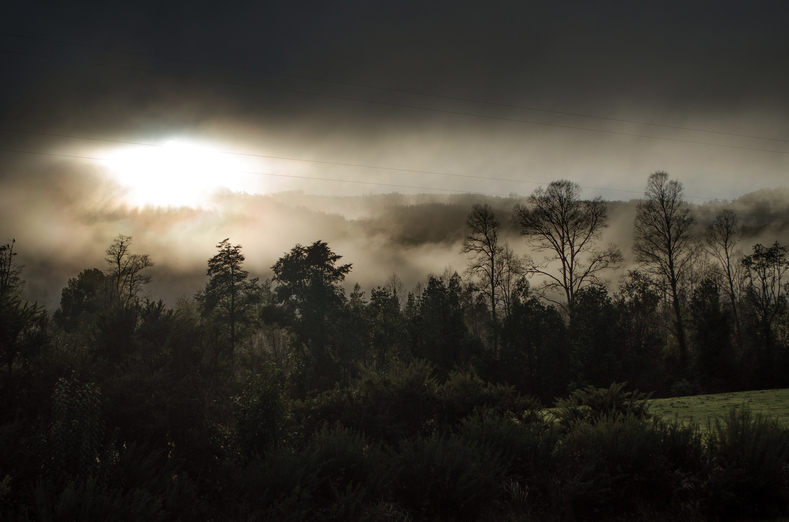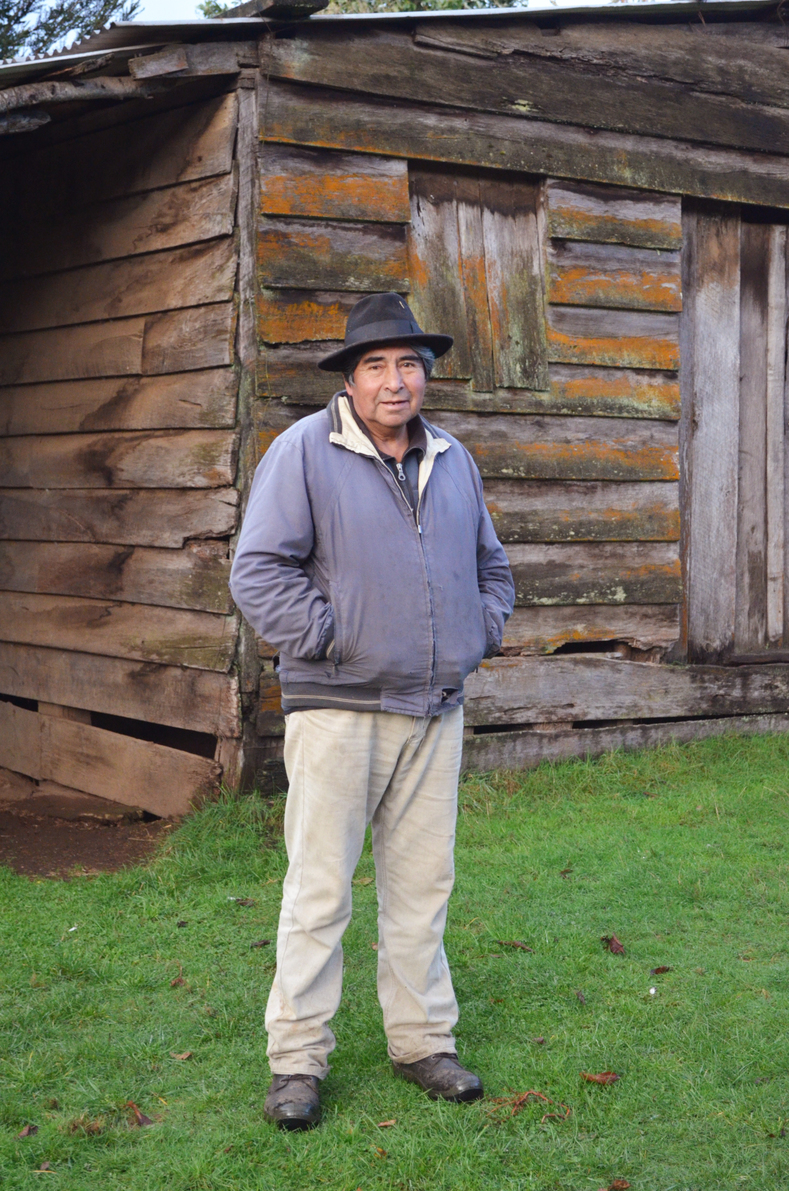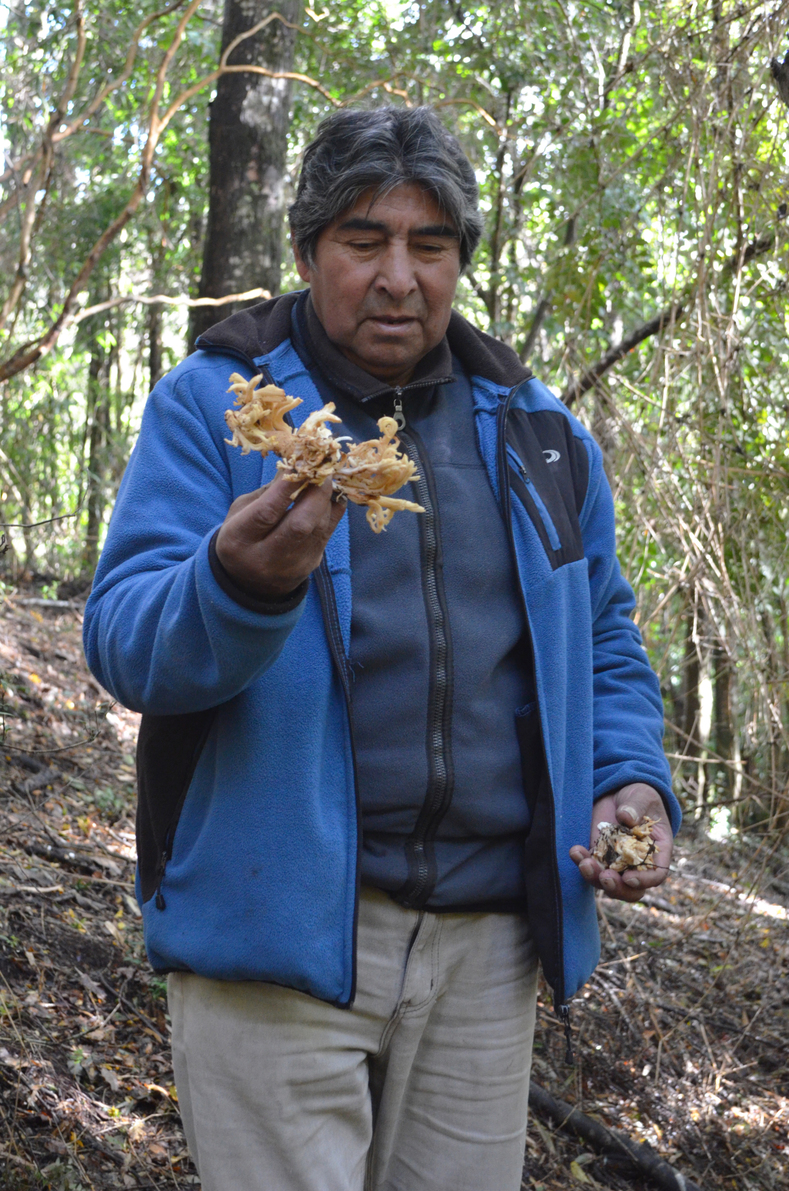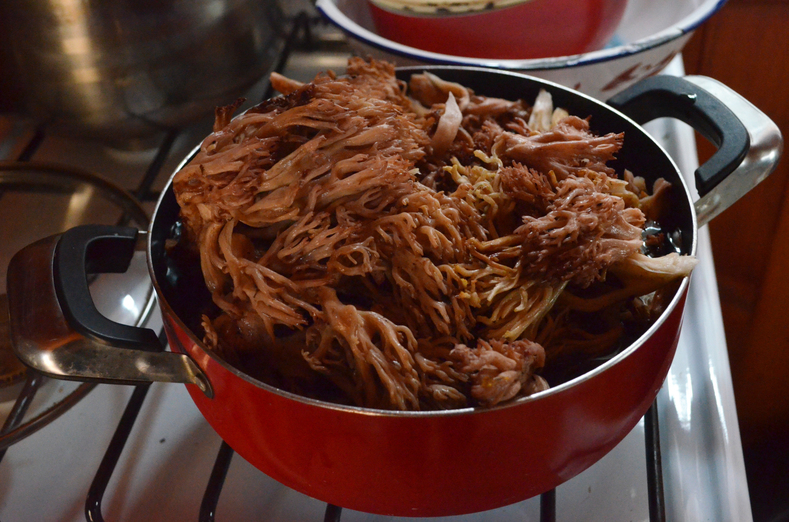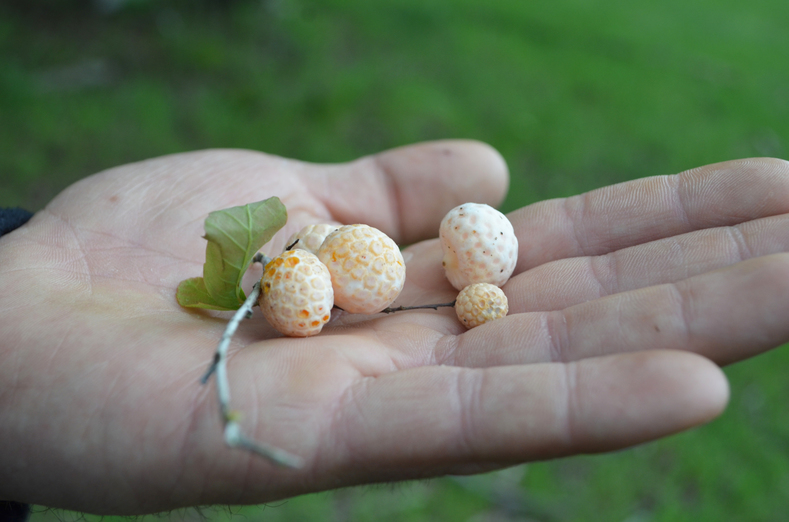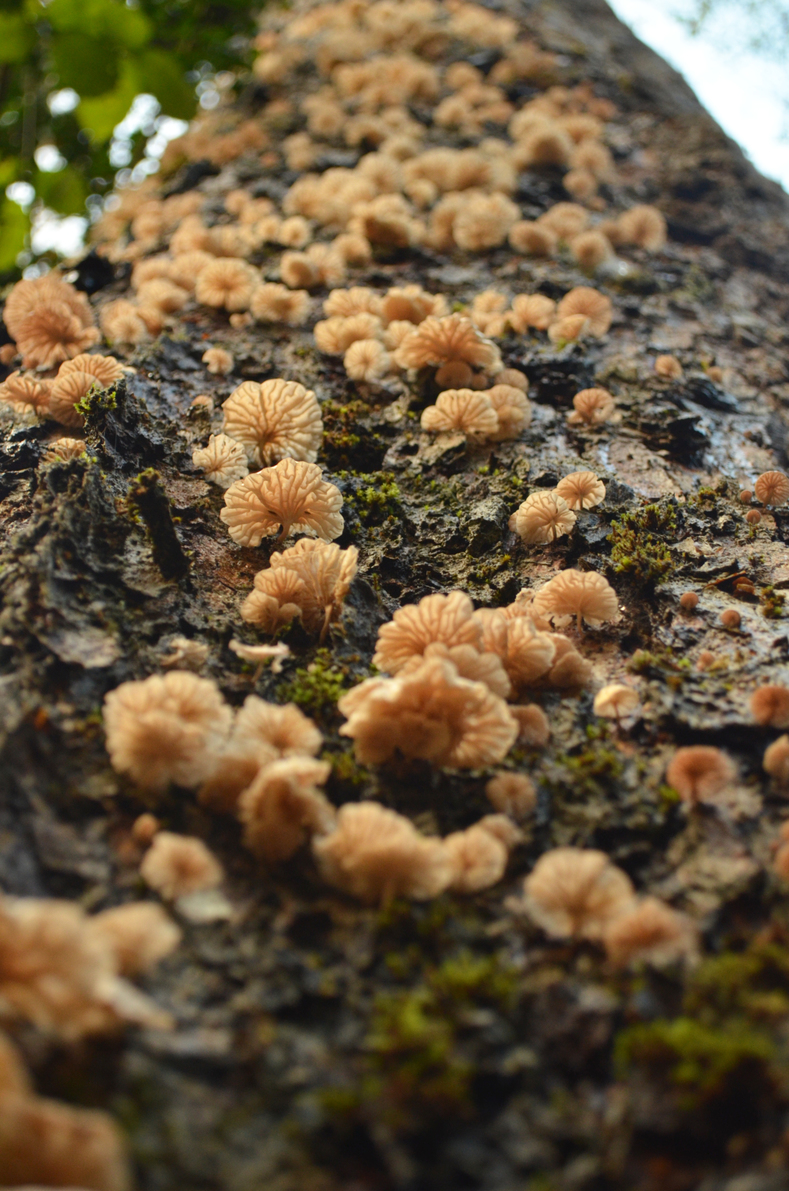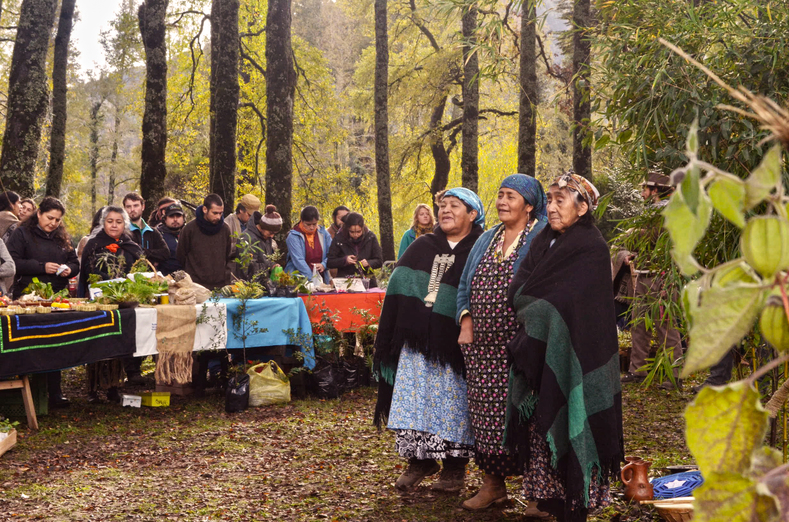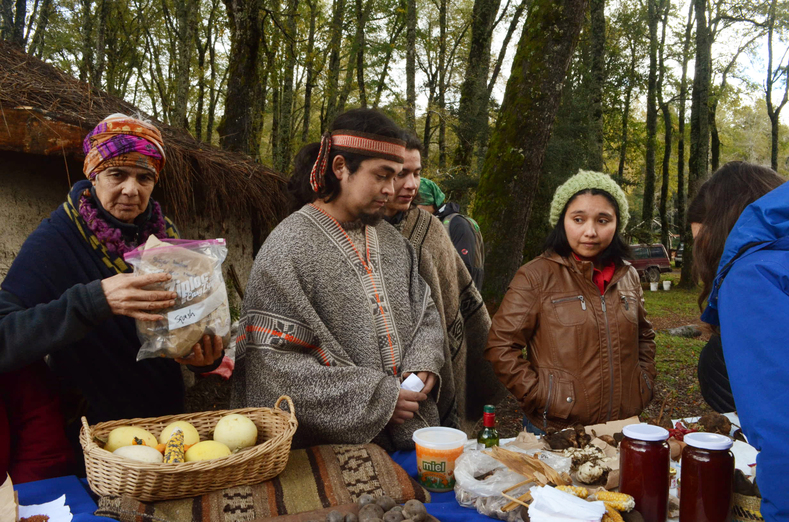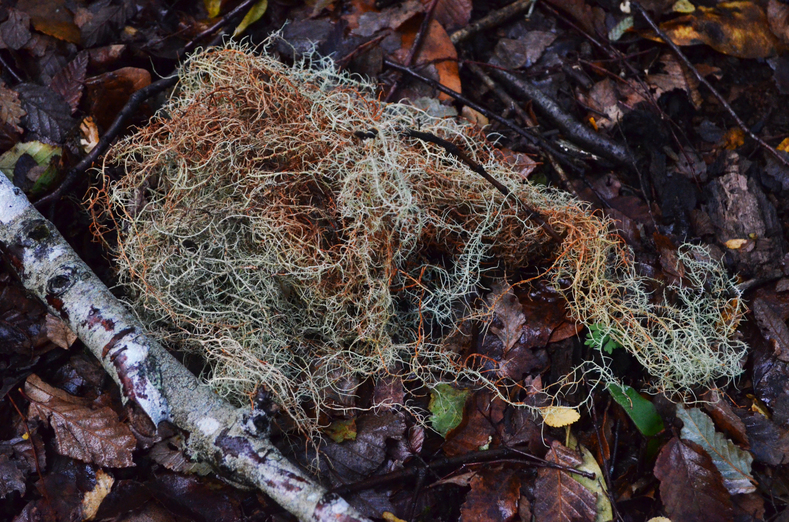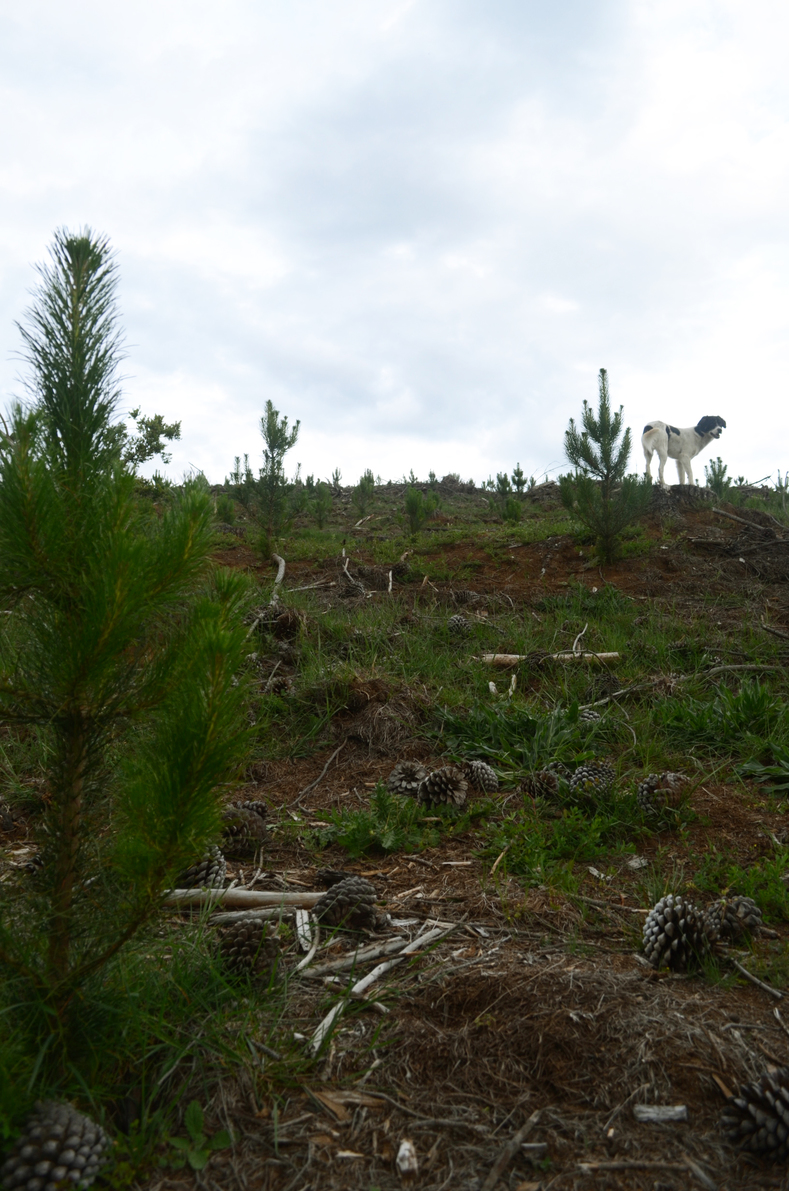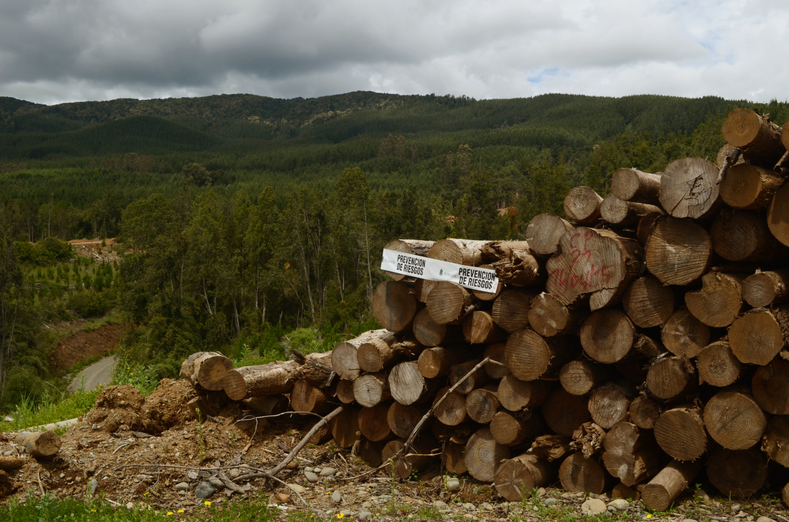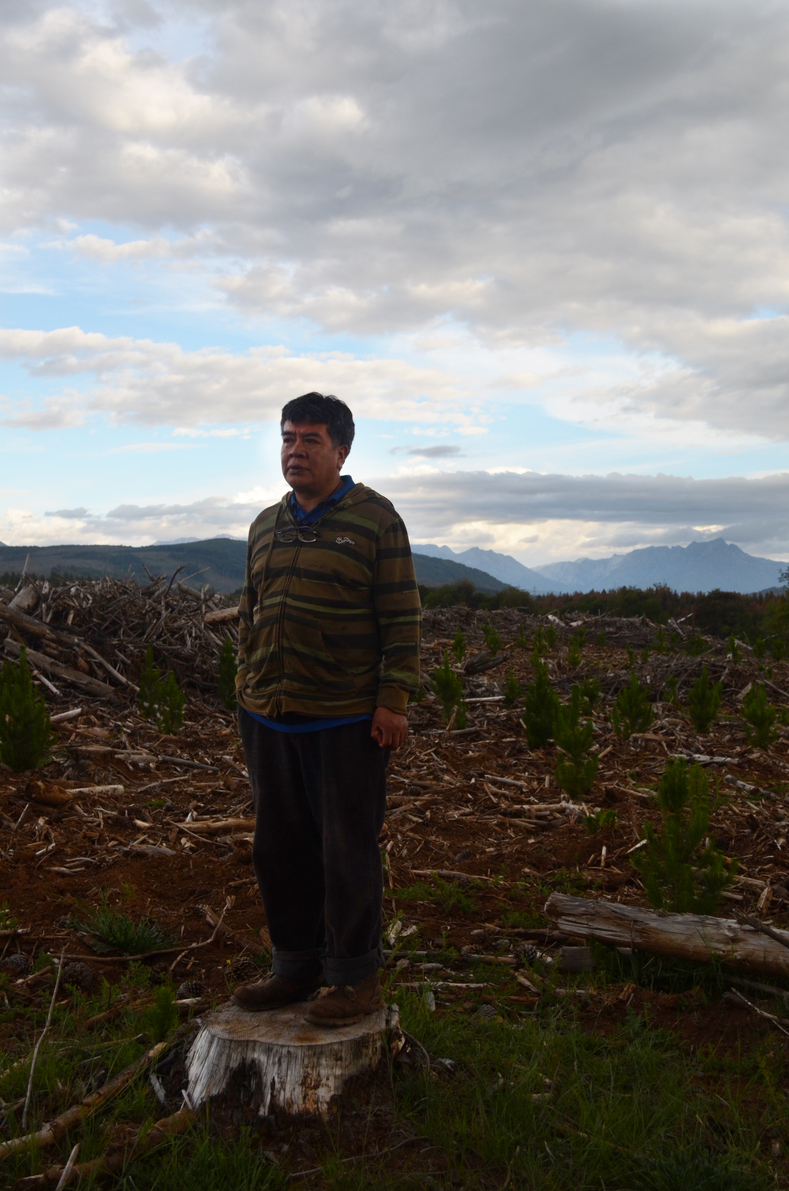The Mapuche Indigenous peoples of south-central Chile and Argentina have long preserved and guarded their forests, which are increasingly under threat from extractive industries like mining, pulp and timber.
Studies show that the Chilean model of forest development is a key driver of forest and biodiversity loss. This is having devastating impacts on campesino and Indigenous communities that depend on forests.
Strengthening the rights of Indigenous communities over their territories is fundamental to the conservation and protection of native forests and ecosystems around the world.
On World Environment Day, teleSUR takes a look at Mapuche community conservation and practices with this photos essay by Carolina Lagos, Global Forest Coalition and Colective VientoSur.
 12
12 